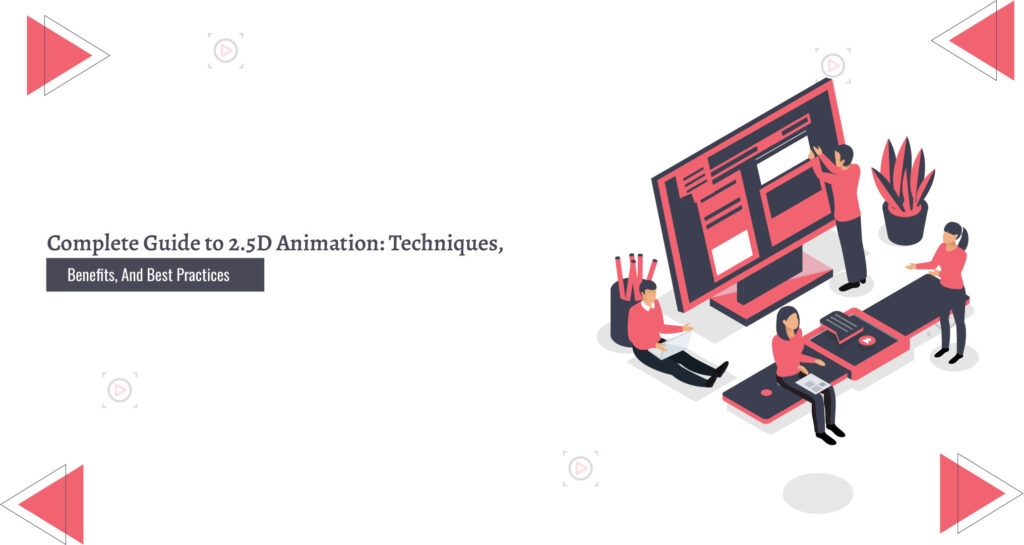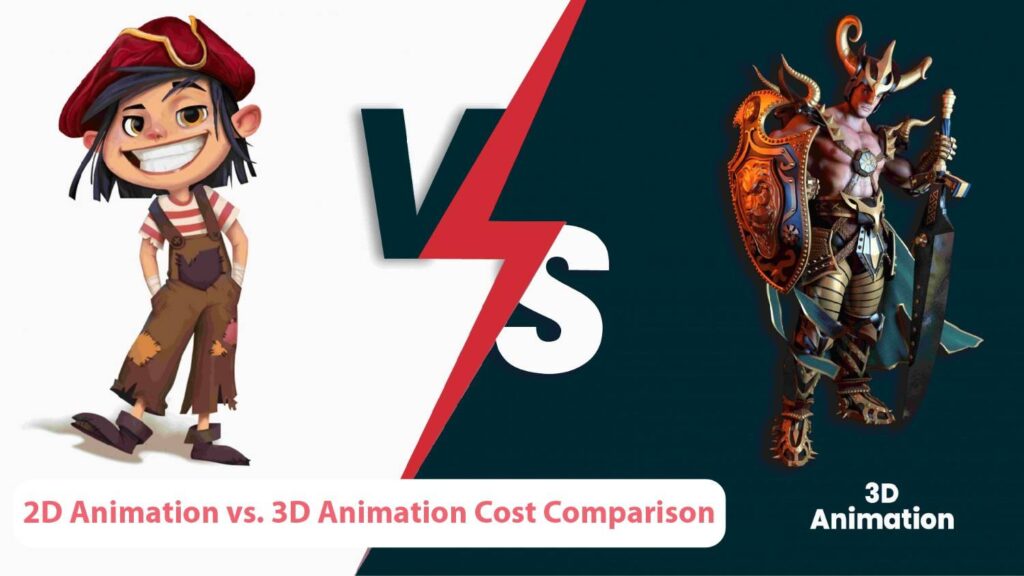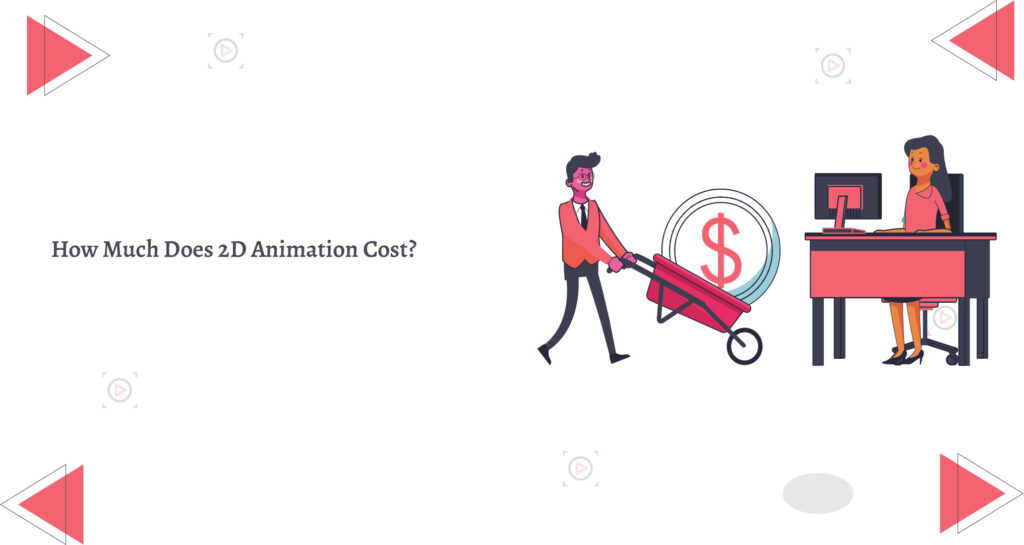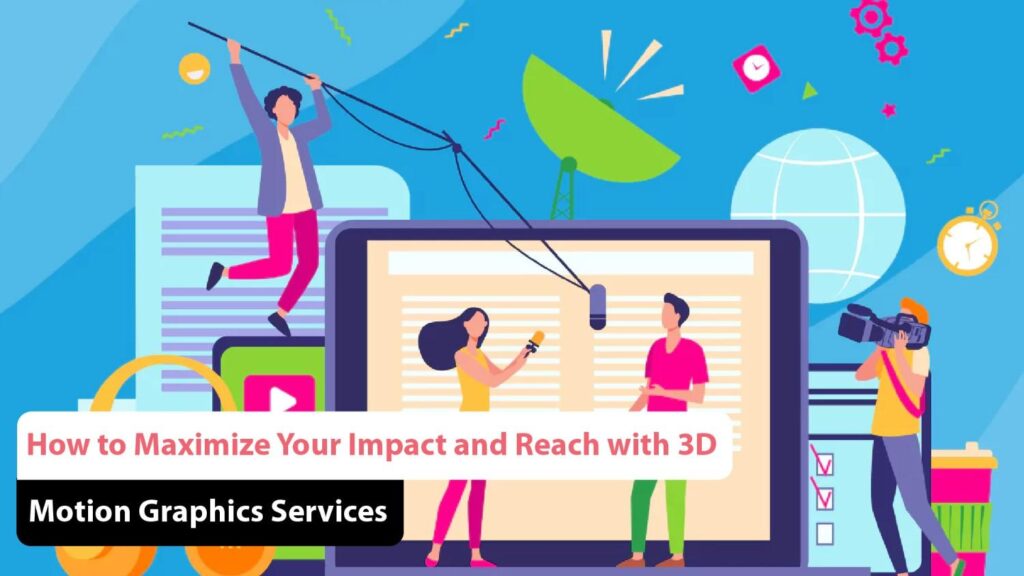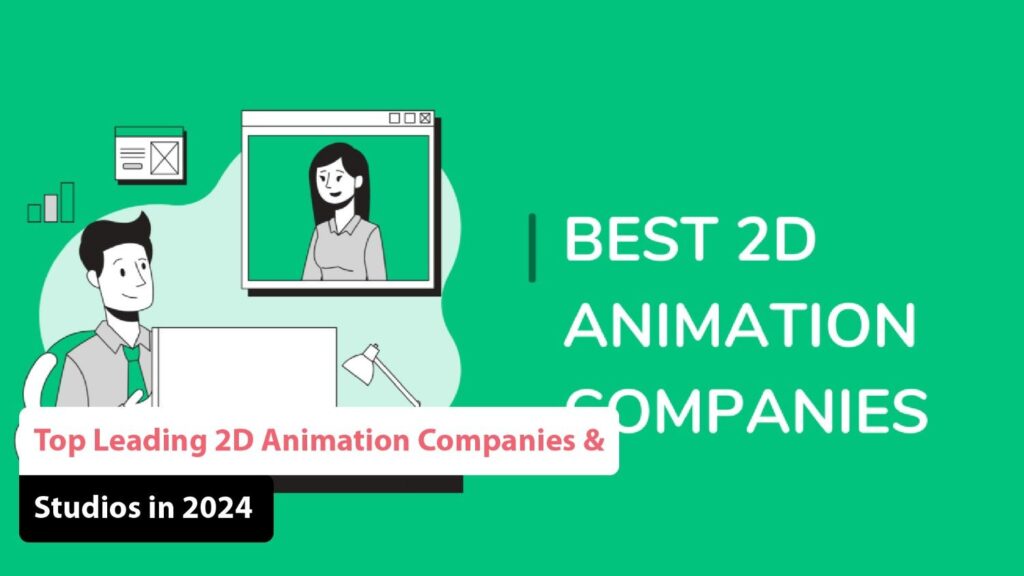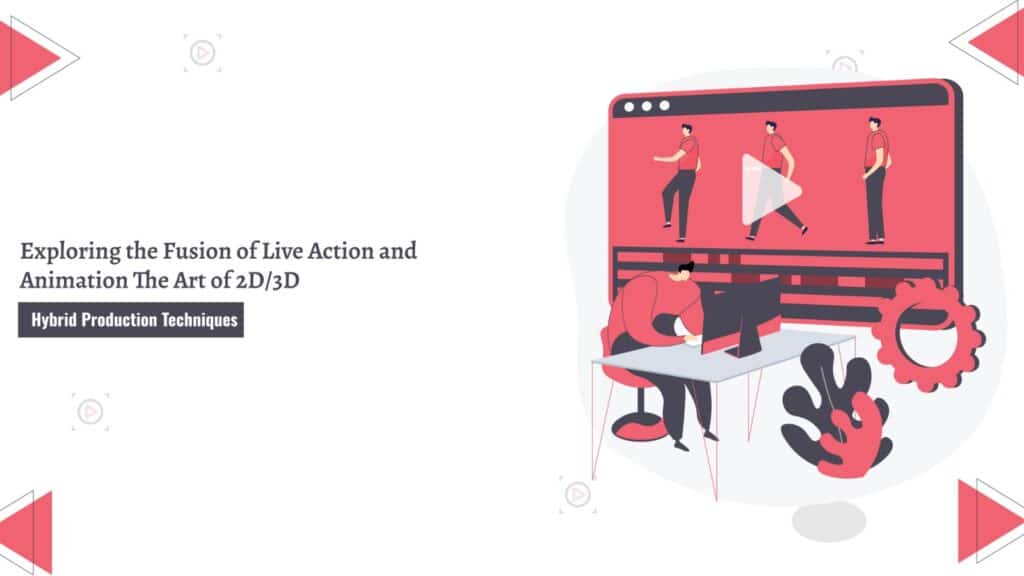Complete Guide to 2.5D Animation: Techniques, Benefits, and Best Practices
Looking to make your advertising stand out with a blend of artistic flair and uniqueness? Interested in an animation style that directs attention to specific products or items? If you’re seeking a middle ground between the cost-efficiency of 2D animation and the versatility of 3D animation, 2.5D animation could be your perfect solution! 2.5D animation merges elements of both 2D and 3D techniques, capturing the strengths of each while offering an innovative approach. It’s increasingly popular in advertising, cinema, and gaming due to its distinctive look and flexibility. Experience the best of both worlds with 2.5D animation, and create your own visual storytelling. This technique not only adds depth and dimension but also allows for creative freedom at a more manageable cost. Discover how 2.5D can enhance your projects and capture your audience’s attention! What Is 2.5D Animation? Dimensions aren’t fractional, and the concept of ‘2.5D’ can be perplexing. Rather than being a literal measurement, 2.5D animation is a style that simulates depth in 2D images. By skillfully adjusting perspective, adding shadows, and incorporating outlines, it creates the illusion of a three-dimensional scene, even though it uses two-dimensional elements. This technique offers a unique blend of 2D simplicity and 3D depth, enhancing visual interest and engagement. It’s widely used in various media, from explainer videos and advertising to video games and artistic projects, making it a versatile tool for creating dynamic and immersive visuals. There are two primary styles of 2.5D animation. The first involves adding 3D objects to 2D backgrounds, a technique commonly used in advertising, explainer videos, and art. This approach enhances visual appeal and can make graphics more engaging and dynamic. The second style integrates 2D characters and objects within 3D environments, a popular approach in video games. This method creates a rich, immersive experience, blending the simplicity of 2D with the depth of 3D to captivate players. Image Source: Cmglee via Wikipedia 2.5D vs 2D and 3D Animation: Unique Advantages and Applications of the 2.5D Approach To fully appreciate the meteoric rise and surging popularity of 2.5D animation, it’s important to delve into what makes the 2.5D approach uniquely compelling compared to traditional 2D and 3D animation methods. Here’s a detailed comparison that highlights the distinct advantages of 2.5D animation: 2.5D vs. 2D Improved Focus and Depth: One of the primary benefits of 2.5D animation is its ability to create a more nuanced and immersive visual experience compared to 2D animation. Unlike 2D animation, which relies on a flat background and lacks dimensionality, 2.5D animation allows for the integration of shadows, lighting, and depth in a way that adds layers of visual interest. This added depth is achieved by layering 2D elements in a 3D space, providing a pseudo-3D effect that brings a greater sense of realism and focus to key elements in the scene. In practical terms, this means that 2.5D animations can more effectively highlight specific objects, characters, or products through expert use of lighting and shadow design. The ability to control and manipulate these visual elements results in a cleaner, more focused presentation. This makes 2.5D animation particularly well-suited for applications such as product advertisements and explainer videos, where drawing attention to particular details and maintaining clarity is crucial. Expanded Creative Space with 3D Environments: Another significant advantage of 2.5D animation is its ability to incorporate 3D environments. This inclusion allows for greater creative freedom and flexibility compared to traditional 2D animation. By utilizing 3D space, 2.5D animation can accommodate a wider array of characters, objects, and animated backgrounds, all while maintaining a visually engaging experience. This expanded creative space is particularly valuable for projects that require dynamic and interactive visuals, offering a richer and more immersive experience than what is typically possible with 2D art. 2.5D vs. 3D Cost Efficiency: When compared to 3D animation, 2.5D animation presents a more cost-effective solution. Creating fully 3D models of objects and characters involves a significant investment in both time and resources, as it requires advanced modeling, texturing, and rendering. In contrast, 2.5D animation simplifies this process by allowing for the creation of animations with a 2D aesthetic that still benefits from the illusion of depth and dimensionality. This reduction in complexity translates to lower production costs, making 2.5D animation an attractive option for projects that need a visually engaging style without the financial commitment associated with full 3D animation. While 3D animation is prevalent across various forms of media including film, television, and video games it often leads to a sense of viewer fatigue due to its widespread use and similar visual styles. The prevalence of 3D animation can result in a homogenized look that lacks uniqueness. In contrast, 2.5D animation offers a distinctive and idiosyncratic style that sets it apart from the more conventional 3D approaches. This unique aesthetic can be especially advantageous for brands, products, or organizations looking to stand out and make a memorable impact. By leveraging the distinctive qualities of 2.5D animation, you can create engaging content that breaks away from the monotony of typical 3D animations and captures the attention of your audience freshly and compellingly. Animation Types Overview Animation comes in various styles, each offering unique techniques and visual experiences. Understanding these different types is essential for creators and enthusiasts alike. Below is a brief description of the most common animation types: Animation Type Description 2D Animation Flat visuals with no depth, created in a two-dimensional space. 2.5D Animation Combines 2D elements in a 3D space, creating a pseudo-3D effect through manipulation techniques. 3D Animation Fully three-dimensional models that allow for detailed and realistic representations, manipulated in a three-dimensional environment. How to create a 2.5D animation? Creating a 2.5D Animation: A Step-by-Step Guide Creating a 2.5D animation involves a blend of 2D and 3D elements, resulting in visually stunning animations that captivate audiences. This unique animation style combines the charm of 2D illustrations with the depth and dynamism of 3D graphics. Here are the essential steps to guide you through the creation process. Step Description 1. Develop the
